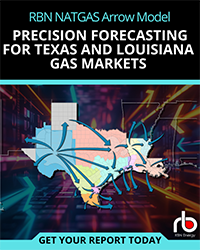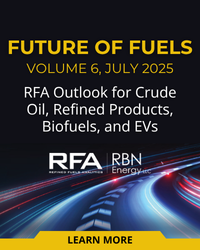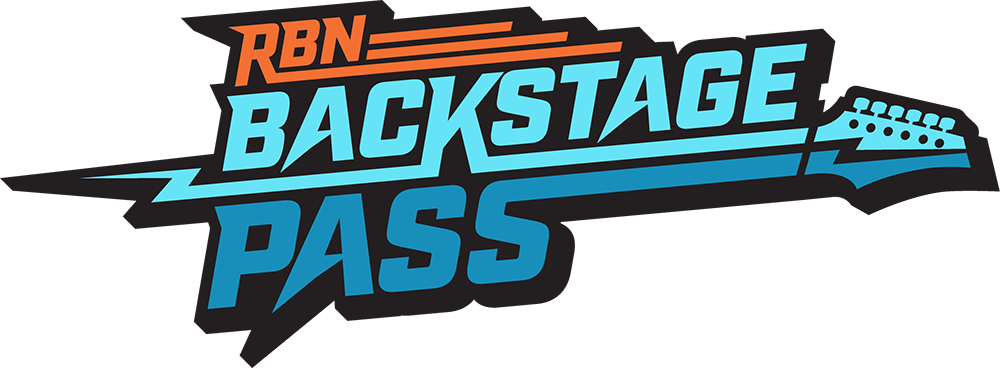Uinta crude producers and midstream operators are developing new routes to market for the distinctive black and yellow crudes that are hard to ship long distance because of their waxy composition. Rail transload terminals have recently been developed. Uinta crudes are currently discounted by about $15/Bbl to West Texas Intermediate (WTI) because of transport constraints. Today we review market pricing for Uinta Basin crudes.
In the first episode of this series covering crudes from northeast Utah (see Do Ya Think I’m Waxy – Handling Increased Uinta Production) we described the peculiar qualities of the yellow and black waxy crudes produced in the Uinta Basin. These crudes have very high pour points, meaning that they do not flow without heating to over 100o F. Using lighter hydrocarbons as a diluent the same way that Canadian heavy crude shippers do with bitumen to make pipeline specification dilbit does not work with waxy crudes. So most Uinta production has traditionally been processed at local refineries in Salt Lake City leaving crude producers hostage to local refiner’s capacity to process their waxy crudes. In episode two we described two proposed new green field refineries that would increase local demand for waxy crude by 55 Mb/d (see Do Ya Think I’m Waxy? Alternate Routes to Market for Uinta Basin Crudes). We also noted that at least three new rail transload operations have commenced loading heated waxy crude onto insulated and coiled rail tank cars for shipment outside the region. In this episode we look at how Uintah Basin crudes are priced versus crudes at potential rail destination markets.
Producers selling their waxy Uinta crudes to local refiners likely do so by reference to “posted” prices that refiners and crude gathering organizations publish on their websites each day. We covered how the posted price market works in an RBN Energy post last year (see The Bakken Buck Starts Here – Bakken Crude Pricing Part 1). Crude postings are the prices refiners will pay for particular crude grades at the wellhead based on monthly averages of daily quotes. Posted prices are subject to discounts based on quality differentials to the specified crude oil gravity (degrees API) that the poster determines. Gathering and transportation costs from the wellhead to the posting company’s refinery or terminal are also typically borne by the producer.
We only found two refiners currently quoting posting prices for Utah yellow and black waxy crudes. These are Chevron Crude Oil Marketing and Big West Oil – both owners of Salt Lake City refineries. There is not much difference between the two postings. Chevron currently posts yellow wax crude at $1/Bbl higher than Big West and black wax crude at $0.75/Bbl higher than Big West. For our analysis we just used the Chevron postings. Because black waxy crude is heavier (i.e. it has a lower API degrees gravity of 32 versus 42 API for yellow wax) Chevron discount the price they pay for that crude by a gravity adjustment. We explained the gravity adjustment calculation in the Bakken blog post we referenced a minute ago. In this case because black wax crude is 8 API degrees below the “par” level defined in the company postings (a range between 40 and 45 API), the posted price is adjusted down by $0.015/Bbl for every 1/10 degree API below 40 – meaning a discount of 80 * 0.015 or $1.20/Bbl. Yellow wax crude is within the “par” range between 40 API and 45 API so there is no gravity adjustment to its price. The bottom line is that Chevron’s posted prices for black wax crude are $2.20/Bbl lower than for yellow wax crude, made up of $1/Bbl discount in the posting and $1.20/Bbl gravity adjustment.
Join Backstage Pass to Read Full Article







